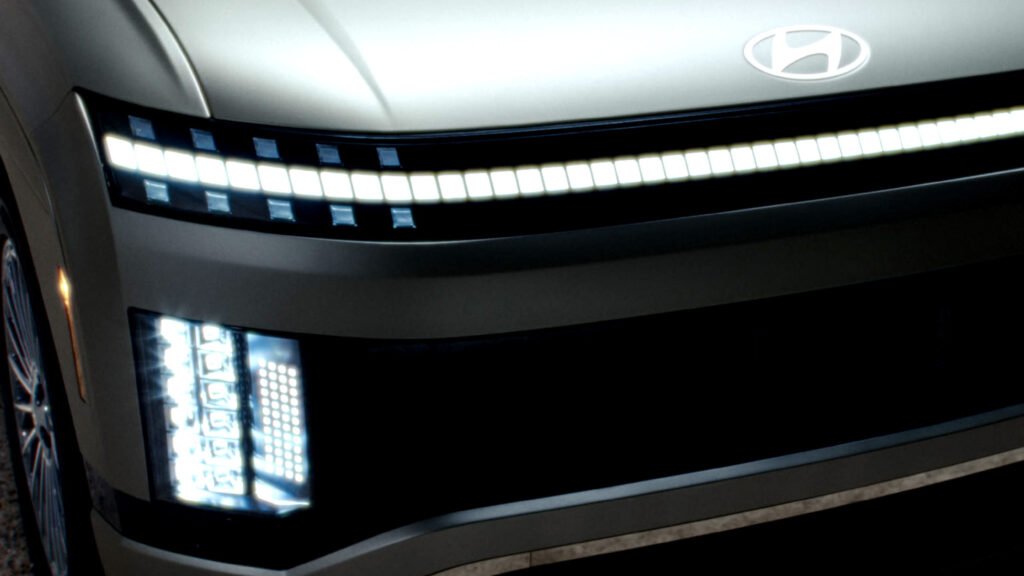EV Market Trends

In the landscape of electric vehicles (EVs) across the United States, the month of April saw a dip in new registrations, breaking a 14-month streak of growth. With 97,833 new EVs hitting the road, they accounted for 6.6 percent of all vehicles registered — a noticeable drop from the 7.4 percent share in the same month last year. It’s a surprising twist for an industry that has been riding a wave of increasing popularity.
When it comes to potential reasons for this dip, several factors could be influencing buyers’ decisions. There’s been talk that former President Trump’s stance against the EV mandate might be pushing people to explore other options. Additionally, the ongoing concerns about EV charging infrastructure and range anxiety still loom large in consumer decisions, leading many to consider hybrids instead.
Market Performance

Tesla Takes a Hit
Despite leading the pack, Tesla saw its numbers tumble a bit this April. With 39,913 new registrations, Tesla’s presence shrank by 16 percent compared to last April. Chevrolet, on the other hand, bucked the trend with an impressive 215 percent increase, boasting 9,160 new registrations thanks to the popularity of the Equinox EV. This surge helped Chevrolet secure a 9.4 percent share of the EV market, only trailing Tesla’s Model 3 and Model Y.
The Fall and Rise
Ford found itself third in line, but faced a significant drop with 5,534 new EVs registered, a decline of 33 percent. However, BMW managed to climb ahead of Hyundai, seizing fourth place with a modest 8.7 percent increase (4,812 registrations). In contrast, Hyundai’s registrations saw a 25 percent decline, landing them at 4,796. Other brands like Rivian, Mercedes, and Kia weren’t so lucky either, facing declines ranging from 19 percent to 68 percent.
Driving Experience
While the numbers tell one story, the driving experience tells another. For those stepping behind the wheel of an EV, there’s a silent elegance to the drive that isn’t quite captured by the sales data. Vehicles like the Tesla Model 3 offer a smooth ride with rapid acceleration that has drawn comparisons to traditional sports cars. The seamless power delivery and instant torque provide a driving experience that’s both thrilling and efficient, a compelling mix for anyone transitioning from gasoline-powered vehicles.
On the other hand, some EVs, like the Ford Mustang Mach-E, blend performance with comfort, making long trips just as enjoyable as city commutes. Each brand and model bring something unique to the table, so these shifts in sales could be more about consumer tastes and choices rather than any one factor.
As the EV market navigates these unexpected turns, it’s clear that these vehicles are still carving out their place on American roads. How manufacturers respond to these shifts — through innovation or incentives — will be key to how quickly they can return to growth.
Matte Magic: Toyota Crown
Toyota Venza Revival
City Cars Disappearing
Venza Makes a Comeback
Ferrari's Le Mans Win